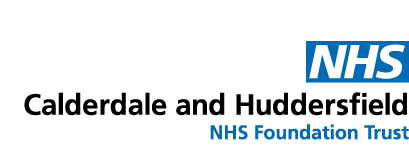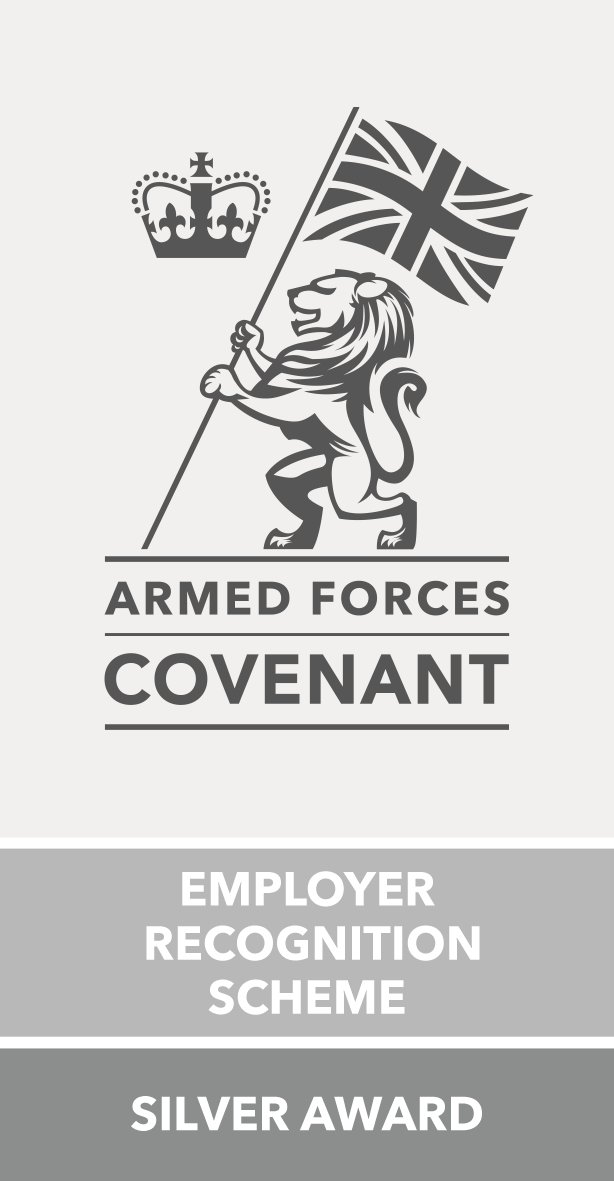Tests and results
Breast imaging (taking an image of the breast)
Mammogram
A mammogram is a breast x-ray. A mammographer (an expert in taking breast x-rays) will ask you to undress to the waist and stand in front of the mammogram machine. If you're pregnant or think you may be pregnant, tell the mammographer.
Your breasts will be placed one at a time on the x-ray machine. The breast will be pressed down firmly on the surface by a clear plate. At least two picture of each bvreast will betaken, one from top to bottom and then a second from side to side to include the opart of your breast that extends into your armpit. You will need to stay in this position whie the xray is taken, you may find it uncomfortable but it only takes a few seconds and the compression doesn't harm the breasts.
Other types of breast imaging
Although mammograms are usually the best way of detecting any early changes within the breast, sometimes othe rimaging techniques are used as well. This could include:
an MRI (magnetic resonance imaging) scan: this uses magnetism and radio waves to produce a series of images of the inside of the breast.
contrast enhnaced spectral mammography (CESM): this uses a special dye to 'highlight' areas within the breast in more detail than a standard mammogram.
Thermal imaging and radion waves
These are not routinely used in breast imaging either through screening or to diagnose breast conditions as neither are more reliable than a mammogram.
Biopsy
This is the removal of tissue to be looked at under a microscope. This will usually be done using a core biopsy, but sometimes a fine needle aspiration (FNA) or another procedure may be used. Thsi sample is then sent to the laboratory where it is looked at under a microscope.
An ultrasound of mammogram may be used as a guide to pinpoint the area of breast tissue before the sample is taken, particularly when its very small or cannot be felt.
Core biopsy
A core biopsy uses a hollow needle to get a sample of breast tissue, several samples may be taken at the same time.
Local anaesthtic is given to numb the area, a small cut is made in teh skin so thats amples of tissue can be taken with the biopsy needle.
If the area of concern can only be seen on a mammogram you may have a stereotactic core biopsy which is where a sample of tissue is taken using a needle biosy device connected to a mammogram machine and linked to a computer. This helps locate the exact position of the area to be biopsed. You will be given local anaesthectic and will be in a sitting position or lying down on a specially designed examination couch, as it may feel a little uncomfortable as the mammogram plates are pressed onto your breast throughout.
A small dressing or plaster will be applied which ever what way the core biopsy is done.You will be asked to keep this on for a sday or so afterwards, sometimes very thin adhesive tape are used to help the edges of the wound to close. After the local anaesthetic wears off your breast may ache and you may feel bruised for the next few days or weeks, pain refeif can be taken if the area is tender or painful.
Punch biopsy
A punch biopsy may be done when there is a change to the skin of the breast or nipple. It involves takeing a very small cylindrical piece of tissue from the changed area. You will be given a local anaethetic befire a tiny cutting device is used to take the sample.
As with the core biopsy you will usually be asked to wear a small dressing or plaster afterwards.
Vaccum assisted biopsy
If a previous biopsy has not given a definite result and more breast tissue is neeed to make a diagnosis, or if the area of concern is difficult to target, you may be offered a vacuum assisted biopsy. This procedure takes a little longer than a core biopsy and is done using a mammogram or ultrasound for guidance.
After an injection of local anaestheic, small cut is made in the skin. A hollow probe connected to a vaccum device is placed through this. Using a mammogram or ultrsound as a guide, breast tissue is sucked through the probe by vaccum into a collecting chamber. This means that several samples of tissue can be collected without removing the device.
Sometimes this procedure is used as an alternative to surgery to remove a whole area of breast tissue (called a vacuum assisted excision biopsy).

















